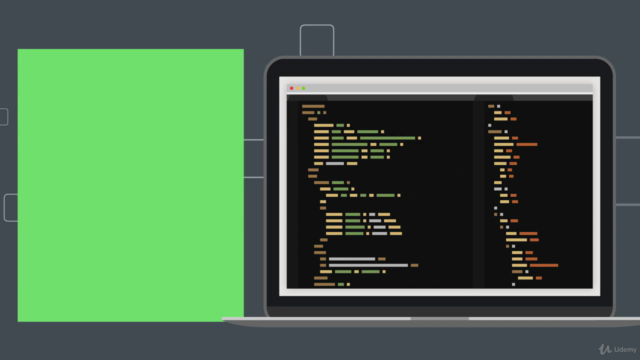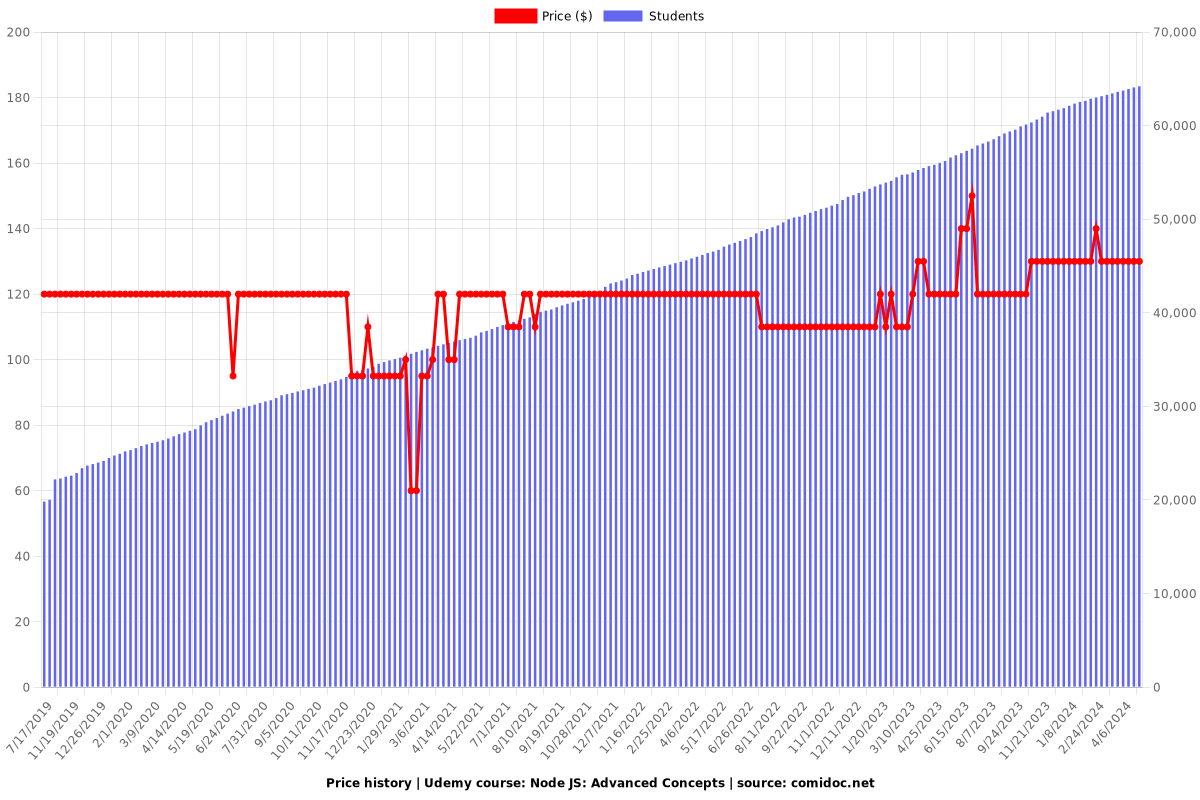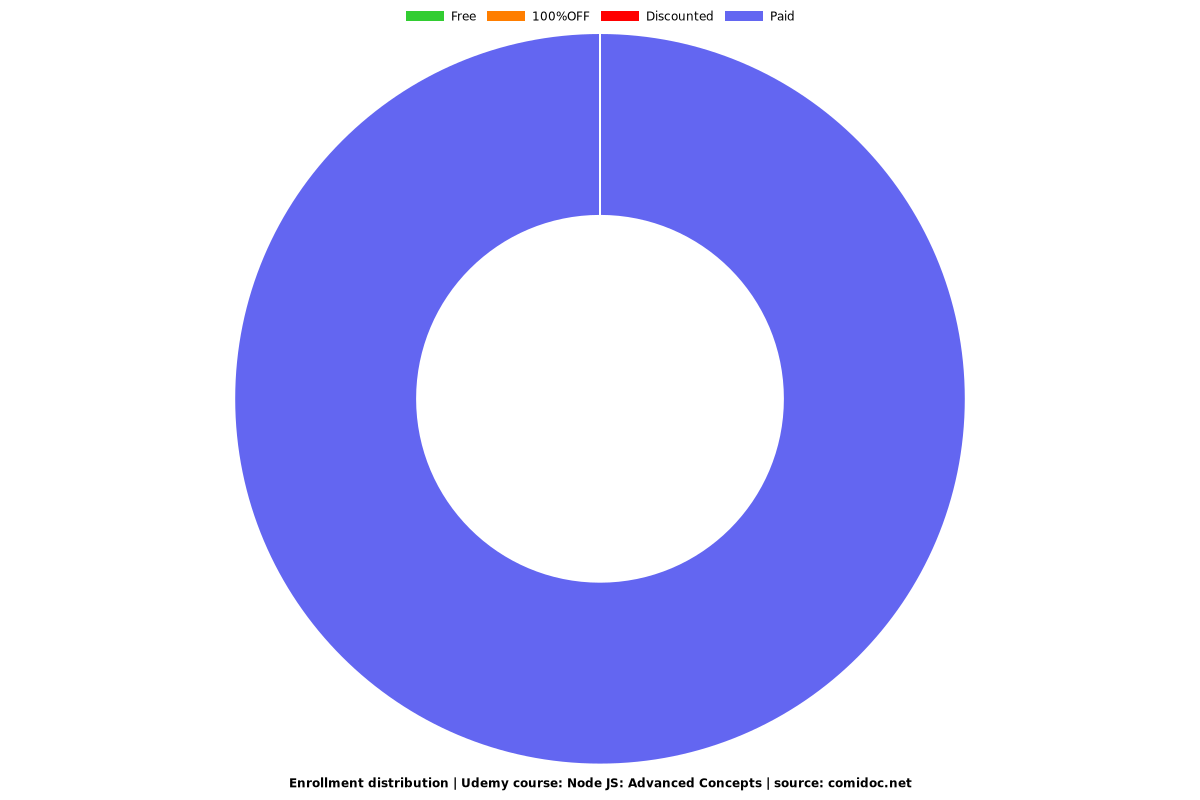Node JS: Advanced Concepts
Get advanced with Node.Js! Learn caching with Redis, speed up through clustering, and add image upload with S3 and Node!

What you will learn
Absolutely master the Event Loop and understand each of its stages
Utilize Worker Threads and Clustering to dramatically improve the performance of Node servers
Speed up database queries with caching for MongoDB backed by Redis
Add automated browser testing to your Node server, complete with continuous integration pipeline setup
Apply scalable image and file upload to your app, utilizing AWS S3
Why take this course?
Go beyond the basics of Node! This course will give you the skills needed to become a top Node engineer.
Query Caching with Redis? You will learn it. The Node Event Loop? Included. Scalable File Upload? Of course!
------------------------------
This is a must-take course if you work with Node.
Node Internals: Here's one of the most common interview questions you'll face when looking for a Node job: "Can you explain Node's Event Loop?" There are two types of engineers: those who can describe the Event Loop and those who cannot! This course will ensure that you are incredibly well prepared to answer that most important question. Besides being critical for interviews, knowledge of the Event Loop will give you a better understanding of how Node works internally. Many engineers know not to 'block' the Event Loop, but they don't necessarily understand why. You will be one of the engineers who can clearly articulate the performance profile of Node and its Event Loop.
Caching with Redis: We'll also supercharge the performance of database queries by implementing caching backed by Redis. No previous experience of Redis is required! Redis is an in-memory data store purpose built for solving caching needs. By adding caching to your application, you can decrease the amount of time that any given request takes, improving the overall response time of your app.
File Upload: There are many resources online that offer suggestions on how to handle file upload, but few show a solution that can truly scale. Hint: saving files directly on your server isn't a scalable solution! Learn how to leverage AWS S3 to implement file upload that can scale to millions of users with a few dozen lines of simple code. Plentiful discussions are included on security concerns with handling uploads, as well.
Continuous Integration Testing: This is a must have feature for any serious production app. We'll first learn how to test huge swaths of our codebase with just a few lines of code by using Puppeteer and Jest. After writing many effective tests, we'll enable continuous integration on Travis CI, a popular - and free - CI platform. Testing can sometimes be boring, so we'll use this section to brush up on some advanced Javascript techniques, including one of the only legitimate uses of ES2015 Proxies that you'll ever see!
------------------------------
Here's what we'll learn:
- Master the Node Event Loop - understand how Node executes your source code.
- Understand the purpose of Node, and how the code you write is eventually executed by C++ code in the V8 engine
- Add a huge boost to performance in your Node app through clustering and worker threads
- Turbocharge MongoDB queries by adding query caching backed by a lightning-fast Redis instance
- Scale your app to infinity with image and file upload backed by Amazon's S3 file service
- Implement a continuous integration testing pipeline so you always know your project functions properly
- Think you know everything there is about managing cookies and session? Well, you might, but learn even more!
- Ensure your app works the way you expect with automated browser testing using Jest and Puppeteer
- Bonus - learn advanced JS techniques along the way, including where to use ES2015 proxies!
I've built the course that I would have wanted to take when I was learning to Node. A course that explains the concepts and how they're implemented in the best order for you to learn and deeply understand them.
Content
The Internals of Node
Enhancing Node Performance
Project Setup
Data Caching with Redis
Automated Headless Browser Testing
Wiring Up Continuous Integration
Scalable Image/File Upload
Extras
Screenshots




Our review
Coupons
| Submit by | Date | Coupon Code | Discount | Emitted/Used | Status |
|---|---|---|---|---|---|
| - | 2/17/2020 | 8B1056B95D1A11727E8B | 88% OFF | expired | |
| - | 3/27/2020 | B449269F69E488E1D8CB | 88% OFF | expired |
Charts
Price

Rating

Enrollment distribution
